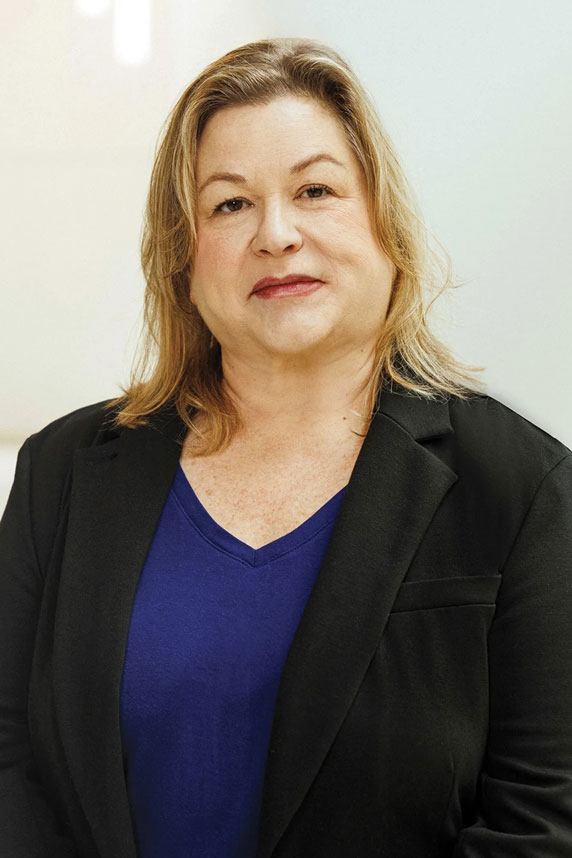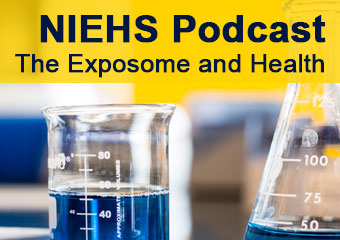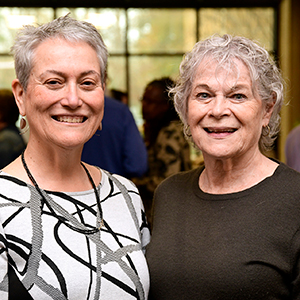For nearly four decades, Dana Barr, Ph.D., has developed new methods to assess the effects of chemical exposures on health and disease.

Barr, an analytical chemist, began her career at the Centers for Disease Control and Prevention (CDC), and she now leads large cores at two NIEHS-funded programs at Emory University. The Human Exposome Research Center (HERCULES) aims to improve understanding of our body’s response to environmental exposures, while the Household Air Pollution Intervention Trial (HAPIN) specifically examines effects in the youngest, and most vulnerable, among us.
Environmental Factor recently spoke with Barr to discuss how her journey began, her passion for maternal child health, and how she is translating her chemistry knowledge to communities concerned about exposures.
Environmental Factor (EF): What first sparked your interest in environmental health?
Barr: In a way, I stepped into environmental health accidentally. I always knew I wanted to be a science major, and I majored in biology and minored in chemistry in college. It wasn’t until I took a job at the CDC that I turned toward environmental health. I earned a Ph.D., and transitioned into environmental public health.
EF: How did you identify your passion in science?
Barr: At the CDC, we used analytical chemistry to understand how much people were exposed to environmental chemicals over time. Initially, we studied Vietnam veterans or people who had occupational exposures. In the late 1990s, we transitioned to looking at population-based exposures from background chemicals. That research segued to my real passion — maternal child health. For example, looking at pesticide exposures during pregnancy among women living in New York, California, and Thailand and neurodevelopmental outcomes in their children.
EF: Are there mentors who helped shape your career path?
Barr: I had a great mentor at CDC, Larry Needham, Ph.D. He always looked at the big picture, and he was very good about introducing me to people and projects that were interesting and had the potential to be impactful. That's how I got involved with the maternal child health work. When our research was used to make policy decisions on the insecticide chlorpyrifos, that's when I realized how important it was.
EF: Tell us about how your current research?
Barr: I was recruited to Emory to start a laboratory investigating human exposures. We were recently awarded a grant to look at chemical exposures in northwest Georgia, a region known as the carpet capital of the world. Companies there use a lot of products to prevent staining and water damage, for example, that historically included a group of chemicals called PFAS. The wastewater from these sites seeped into ground and river water. Several cities downstream now have water contaminated with pretty high levels of PFAS.
EF: What is most important for people to know about your studies?
Barr: We want to do research that's translatable into communities. Whether it’s showing a community that residents have or have not been exposed to a chemical, or what may be needed for cleanup, we want to do research that helps them.
(Susan Cosier is a contract writer for the NIEHS Office of Communications and Public Liaison.)










